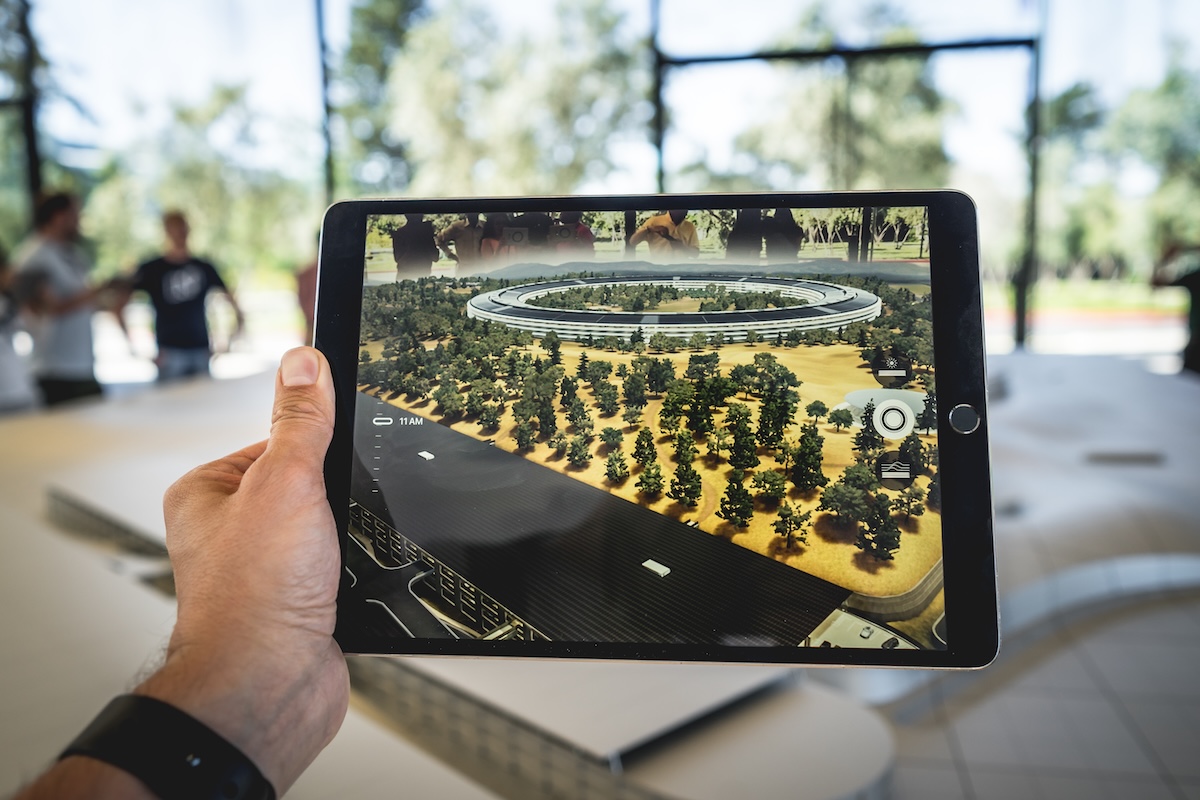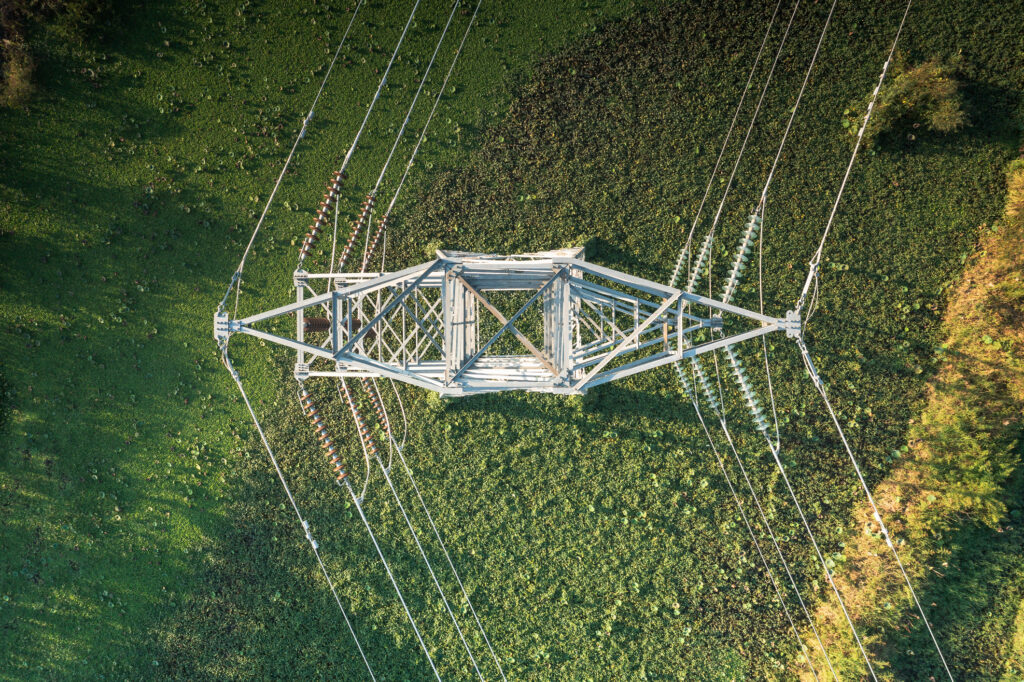Building Realistic 3D Models with FME 2010


Decision makers continue to demand high-quality data in an easy-to-understand format. To help users meet this ongoing challenge we have included dramatic 3D improvements in FME 2010, adding new formats and vastly improving FME’s texture support.
FME 2010 now enables users to integrate additional types of 3D data through new support for popular authoring formats Google SketchupTM and Collada, interchange format AutodeskTM 3ds and OpenFlight, a format used for flight simulations.
This expanded format support helps by making it easy for users to produce more realistic 3D visualizations. For example, new Collada support allows users to easily integrate individual Collada files into a KMZ file. This efficient approach offers enhanced data quality and time savings compared with performing the same task using raw KML.
But even with access to more data formats, a creative imagination is still often needed to view a 3D model that has no textures. Textures provide valuable context, allowing end users to focus on making decisions instead of becoming distracted by attempts to situate the model in real life.
With FME 2010, Safe has extended FME’s core architecture to provide enhanced texture support for virtually all 3D formats. Using an initial set of Appearance transformers, FME users are now able to create and manipulate textures with ease, enabling the construction of accurate and realistic 3D models. With FME’s support for presentation formats like Adobe 3D PDF, these 3D models can then be easily shared with decision makers in a way that is easy for them to understand.
Want to see more? Check out an example of FME’s new 3D capabilities by visiting the City of Gavle in 3D page on our Knowledge Center.



